
Alone in the Dark Review
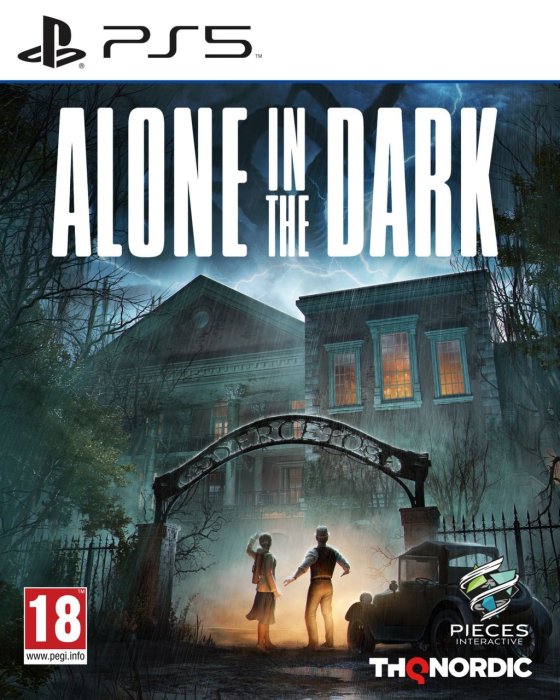
Pros
- Cool & classy creepiness
- Great music & sound design
- Nostalgic survival horror adventure
- Intriguing period setting
- Reasonably priced
Cons
- Too quaint for some modern players
- Clunky, albeit brief, combat
- Lacks variety between character paths
- Some bugginess
- No Karate Kick/Headbutt combo
In 1992, before a single zombie dog had crashed through a single window, before a splash of ink had ever landed on a troubled author’s page, and before anyone in games journalism had the opportunity to overuse the phrase “Lovecraftian”, French developer Infogrames looked to produce the scariest and most technically complex adventure ever devised. Layering polygonal characters on pre-rendered backgrounds - groundbreaking for its time - the Infogrames’ team crafted an interactive nightmare, one that blended the exploration and puzzle-solving of standard adventure games with the shocks, scares, and general unease of the horror genre.
And thus, Alone in the Dark was born, and with it an entire genre that we know today as “Survival Horror”.
While other games had previously featured shock ‘n’ scare elements, Alone in the Dark became the progenitor for the survival horror genre. Core elements such as the isolation of character and location, the collection of mysterious artifacts, lore unraveled via scribbled notes and riddles, sharp and sudden moments of violence, (typically placing the player at a panicked disadvantage), and the omnipresent fear that someone - something - is lurking around every corner.
Unfortunately for Alone in the Dark, while the spirit was willing, the body was weak. The original trip to Derceto Manor was impressive - bagging critical praise and an array of awards - but it was also quite cumbersome, often proving more frustrating than frightening. Rather than rectifying its issues, Infogrames bafflingly doubled down for the interminable 1993 sequel, Alone in the Dark II. Choosing to emphasize combat with larger locations, plentiful enemies, an arsenal of firearms, and a hilarious karate-kick/headbutt combo, AitD II proves so staggeringly unplayable that it actively attempts to roadblock the player’s sense of control and engagement at every turn. Ironically, it would be later releases - those that fine-tuned the AitD blueprint - that would get the acclaim for bringing survival horror to the forefront of gaming. And while AitD’s influence seeps out of the pores of Resident Evil, Silent Hill, and Alan Wake, these series inarguably saw greater critical and financial success.
It has been a rocky road for the franchise since. The ’00s saw the release of so-so sequel Alone in the Dark: New Nightmare (2001) and the notoriously bad Alone in the Dark (2008) - a supposed reboot that essentially killed the franchise. An Uwe Boll-directed cinematic adaptation fared no better, famously becoming one of the lowest-grossing video game movies of all time. It seemed Alone in the Dark was destined to become a sad, clear-cut case of Nominative Determinism…
But the light has not gone out just yet…
Emily Hartwood is certainly not Alone in the Dark
Developed by Swedish outfit Pieces Interactive, Alone in the Dark is a remake of Infogrames’ original groundbreaking adventure, tweaked dramatically and technically to meet the needs of modern audiences while steadfastly attempting to replicate the “classic” nature of formative horror adventures.
A period piece, Alone in the Dark takes place in the twilight nights of the late 1920s and, like its predecessor, is the story of headstrong woman Emily Hartwood, (Killing Eve‘s Jodie Comer), and acerbic private investigator, Edward Carnby, (Stranger Things’ David Harbor). An investigation into the disappearance of Emily’s uncle - artist Jeremy Hartwood - has led the pair to the steps of Derceto Manor, a former plantation house isolated deep in the Louisiana bayou. Now something of a halfway house for lost folks under extreme duress, Derceto Manor bleeds suspicion, inviting Emily and Edward deeper into its shadowy corridors and decrepit hallways.
Of course, it isn’t too long before spooksville comes a-callin’, and our heroes find themselves lost in a frightening split reality, punctuated by unpredictable dimensional shifts, powerful voodoo magic, and the strange machinations of a legendary figure of mythos known as “The Dark Man”.
(1 of 2) While Derceto Manor carries a sense of foreboding
While Derceto Manor carries a sense of foreboding (left), shifting reality will see things get much worse (right)
Alone in the Dark allows the player to guide either Edward or Emily through the Gothic manor’s gloomy interior. What follows is a third-person adventure that best captures the golden age of survival horror - actively chasing nostalgia, rather than looking to redefine the genre in new or unique ways. This isn’t to say that Alone in the Dark is boring, only to suggest that it is aiming to replicate an old-school sense of adventure and investigation that was typical of its granddaddy’s heyday. A measured title, AitD moves at its own pace, wont to deliver its spooky setpieces, character interactions, and narrative revelations at a much more tempered rhythm than that of many modern horror titles.
This is all in keeping with the game’s effective “Ghost Story” vibe. Alone in the Dark‘s tale of Juju magic, guilty history, and cosmic terrors is presented with an adherence to psychological horror - a tale of crumbling reality married to the declining mental health of its originator, perhaps the most common theme of H.P. Lovecraft’s work. This psychological approach is reflected in the AitD’s design, more interested in delivering a sustained creepy environment than assaulting the player with Twitch-pleasing jumpscares. Alone in the Dark chooses unexplained sounds, long shadows, empty rooms, and ajar doors to earn its scares, rather than a heavy reliance on unpredictable jumps and mountains of gore.
Of course, Alone in the Dark is creepy, with more than its fair share of startling moments hidden throughout Derceto’s corridors. But Fear is prioritized over Horror, with anticipation, threat, and the possibility of scares taking center stage. If Resident Evil is Night of the Living Dead, then Alone in the Dark is The Changeling.
Fear is prioritized over Horror, with creeping threat and the possibility of scares taking center stage. If Resident Evil is Night of the Living Dead, then Alone in the Dark is The Changeling
Visually, Alone in the Dark offers a suitably sweat vibe - a visit to Silent Hill on a humid, hazy summer. As a smaller project, AitD doesn’t have the same stunning clarity afforded major releases, but still effectively delivers when it comes to some of its more ambitious sequences. It can be difficult not to compare the textures unfavorably to those of other titles, but light, shadow, fire, and other visual effects are all nicely realized - while the animation used for conversational cutscenes is smooth, able to convey internal monologue through movement. Alone in the Dark is not a title that feels as though it is pushing anyone’s graphics card to its limits, but here, atmosphere counts, and in that regard AitD achieves its gloomy goals.
The heart of Alone in the Dark‘s atmosphere lies in its stellar sound design. Sparsely scored with doomy, haunting jazz, Derceto Manor is awash with concerning audio. A cacophony of creaking floorboards, slamming doors, untraceable footsteps, rustling insects, and sharp, startled intakes of breath are designed to keep the player in a state of unease, and to play without headphones is to miss out on a lot of the atmosphere. I’d strongly suggest that players ensure that they best set up their home environment for maximum creep factor. Lights Out. Volume Up.
While its atmosphere is to be lauded, Alone in the Dark’s gameplay is far more pedestrian. Typically the player treads the boards of Derceto, digging for clues, solving ciphers and logic puzzles, backtracking for missing valves and puzzle pieces, and, of course, gathering a plethora of keys. The logic puzzles are satisfying, while the more physical, jigsaw-style teasers are a too easy. It would be wise for everybody to play the game on its hardest setting, turning off all dynamic hints options, as the hand-holding and abundance of ammunition goes someway to spoiling the fun.
(1 of 2) It’s not all stumbling around in the shadows
It’s not all stumbling around in the shadows (left), as Derceto will do its best to evict its interlopers (right)
Speaking of ammo, Alone in the Dark‘s sparse physical confrontation sees the protagonists come face-to-tentacle with some particularly ghastly cosmic enemies. These shambling, almost indescribable enemies are dispatching with either a series of well-placed headshots or a raw clubbing from one of the many breakable weapons that can be found in the environment. Until you’ve hit an inside out mutant man with a rowboat oar you haven’t lived.
One frankly dreadful mechanic lets players toss Molotov cocktails at the enemy, but only from the exact spot where the Molotovs are located, (which is typically on the outskirts of encounters). Why are they there? Who put them there? Why can’t you carry them? And why do monsters always stand near them? It’s just an awkward immersion-breaker. One that should have been left on the cutting room floor.
Ultimately, combat in Alone in the Dark is uninspired. The fights carrying a begrudging sense of “Look, it is a video game and so we have to do this”. Fortunately, these momentary bursts of gooey chaos are short-lived and there are few extended encounters presented throughout the story. Hell, just be thankful you can actually aim at the baddies this time.
Emily & Edward are not alone in Derecto Manor, but are these residents evil?
Alone in the Dark‘s narrative, (written by Mikael Hedberg of Amnesia fame), is not particularly complex, but carries the “cosy” aura of classic “haunted house” fare. As Team Hipflask uncover clues to Jeremy’s vanishing, they will also meet the manor’s occupants, all of whom carry themselves with delightful camp. There are brow-dabbing, whiskey-guzzling gents; nymphomaniac flappers; sinister children; grizzled housemaids; and tired, put-upon orderlies. A motley crew for sure, it’s a shame we don’t get to spend more time with them. There’s also some subtle text corresponding to the sexism, racism, and closeted sexuality of the era, which lends an air of historical guilt to the more obvious physiological horrors.
The backdrop of New Orleans, just a year shy of The Great Depression, provides great character in and of itself. Alone in the Dark‘s sleazy setting is awash with vulgar Southern Gothic hospitality, coupled with all the charm and wit of a maggot-infested Tennessee Williams’ play. Ah got death in me, Big Daddeh!
Alone in the Dark‘s sleazy setting is awash with vulgar Southern Gothic hospitality, coupled with all the charm of a maggot-infested Tennessee Williams’ play
Though Alone in the Dark does a decent job of making the most of its limited resources, there are some notable negative elements. Players have the option of playing as both Emily and Edward, but their journeys are notably similar. There is an attempt to create aligned scenarios, (think Leon & Claire in Resident Evil 2), but aside from cutscenes and a small handful of locations, both protagonists follow overly familiar paths - typically facing the same enemies and even solving the same puzzles. Because both protagonist’s scenarios must be cleared to reach the “true” ending, it’s difficult not to find yourself simply speedrunning the second character, rather than becoming immersed in an alternate adventure.
Alone in the Dark is a surprisingly compact experience, with a story that can be sewn up in a weekend. Personally, I found this refreshing, and I consider it a boon for both the title and for the player’s time, (given the moderate price tag). But those expecting a dual-storyline epic (of comparable length to recent horror blockbusters) should be made aware that AitD certainly cannot be accused of outstaying its welcome.
Regarding additional features, AitD offers a fairly basic package. A Director’s Commentary, allowing the player to hear developer comments as they progress through the game, is a neat addition, though the screen filter options, (including widescreen, black-and-white, and a migraine-inducing “8-bit” mode) are wholly ineffective. The option to replace Edward and Emily’s character models with their original polygonal variants is a wonderful touch and, frankly, the most frightening part of the entire experience.
More terrifying than anything Lovecraft ever produced
Thanks to the talent of Pieces Interactive, Alone in the Dark has been capably refurbished for the new age. Good thing, too, as it’s easy to imagine that - given the current climate - this remake represents the franchise’s “last chance”. It would certainly be a shame to see this pioneering franchise disappear like a whisper in the shadows, so I hope that Alone in the Dark finds its audience, makes its money, and gets the green-light for further entries.
Let’s just ignore the hedge mazes and Tommy Guns this time, yeah?
It won’t be anybody’s favorite horror jaunt, but Alone in the Dark is a title franchise fans can be proud of. The remake has dramatic, technical, and budgetary shortcomings but chooses not to overreach, remaining comfortable in its own slimy skin. While this results in a lack of viral dance numbers and social media-friendly villains, Alone in the Dark is a decent tribute to old-school survival horror that should please anyone looking to go bump in the night.
This review is based on a retail build of the game provided by the publisher
The Unkindness of Strangers
Alone in the Dark serves up a classy and confident slice of old-school survival horror, all sliding puzzles, creaking floorboards, and long, dark shadows. Though it undeniably lacks the grander scope of its Shock & Gore contemporaries, this quaint tribute to yesteryear impresses with its kooky cast, strong atmosphere, and vintage ‘ghost story’ vibes. Crucially, Alone in the Dark fans have a new adventure they can be proud of.
Gameplay:
Sound:
Graphics:
Story:
Value Rating:
Editor
3 Comments
Woof. That’s a bummer. Sounds like an ok time on sale then, especially given the other stuff releasing this week.
Also I loved this line, excellent wordsmithing Moyse: “Fear is prioritized over Horror, with creeping threat and the possibility of scares taking center stage. If Resident Evil is Night of the Living Dead, then Alone in the Dark is The Changeling“

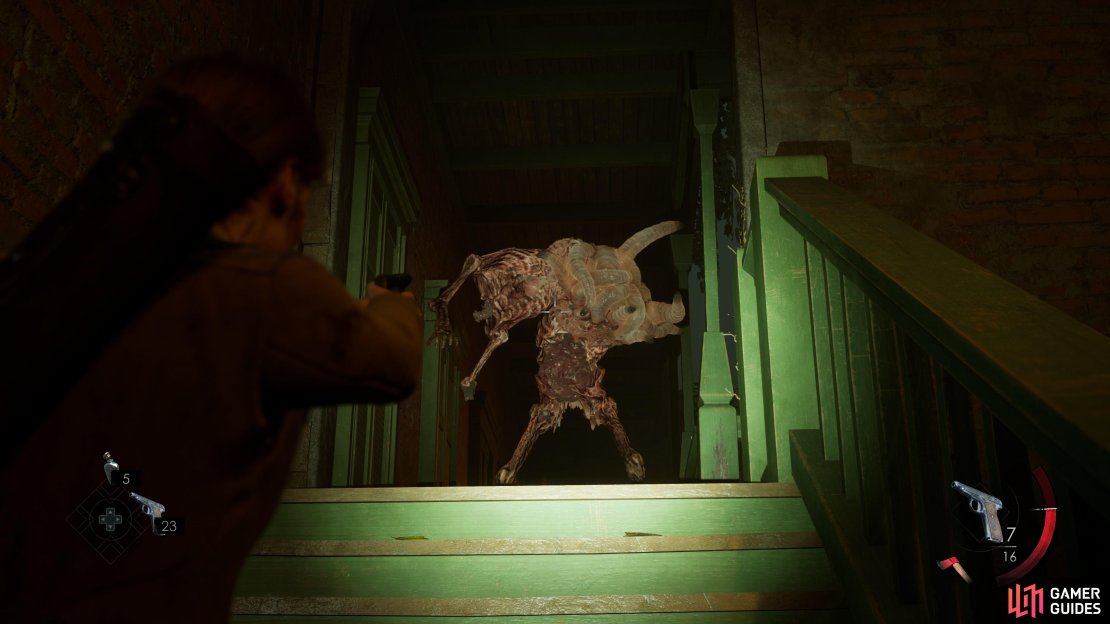

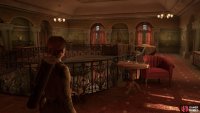
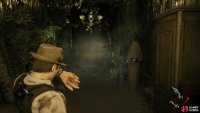

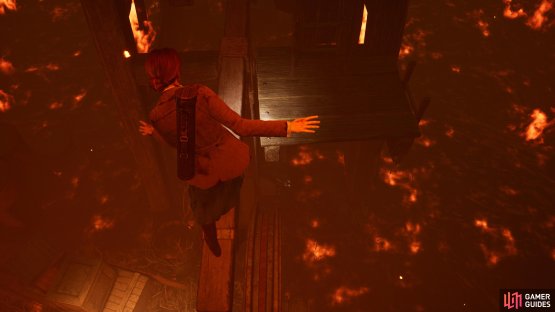

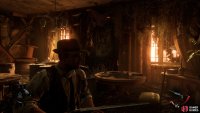

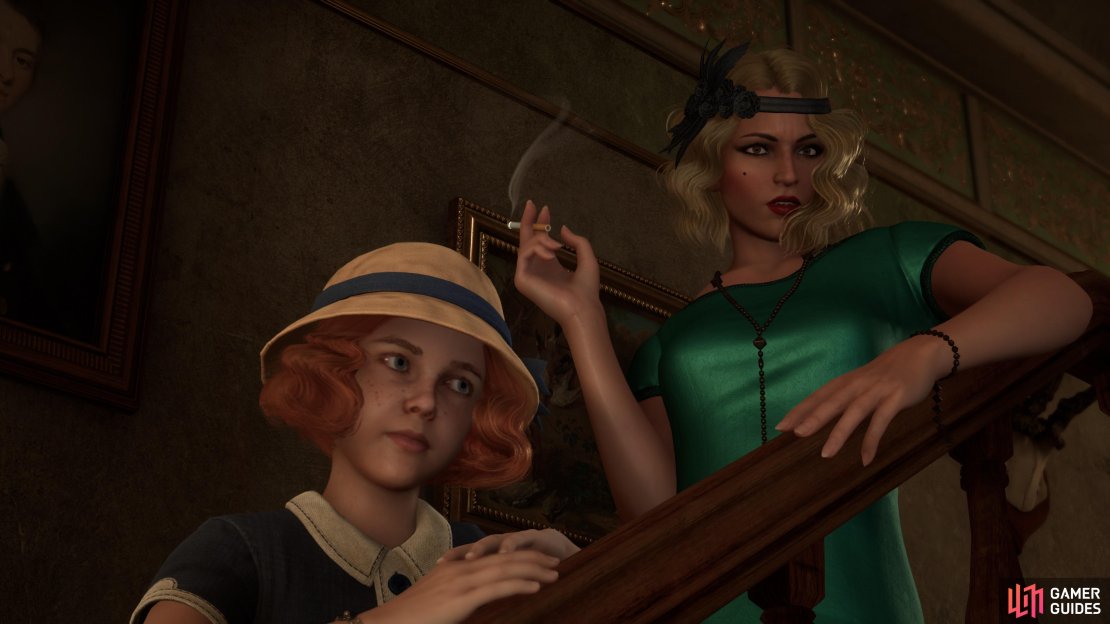



I have no experience or nostalgia with this franchise, I'm in no hurry to pick this up. I hope it does well for franchise fans though.
Remember the original from when I was a kid. Scared the shit out on me. Will probably treat my dad to copy if/when it drops onto a steam sale.
Woof. That’s a bummer. Sounds like an ok time on sale then, especially given the other stuff releasing this week.
Also I loved this line, excellent wordsmithing Moyse: “Fear is prioritized over Horror, with creeping threat and the possibility of scares taking center stage. If Resident Evil is Night of the Living Dead, then Alone in the Dark is The Changeling“